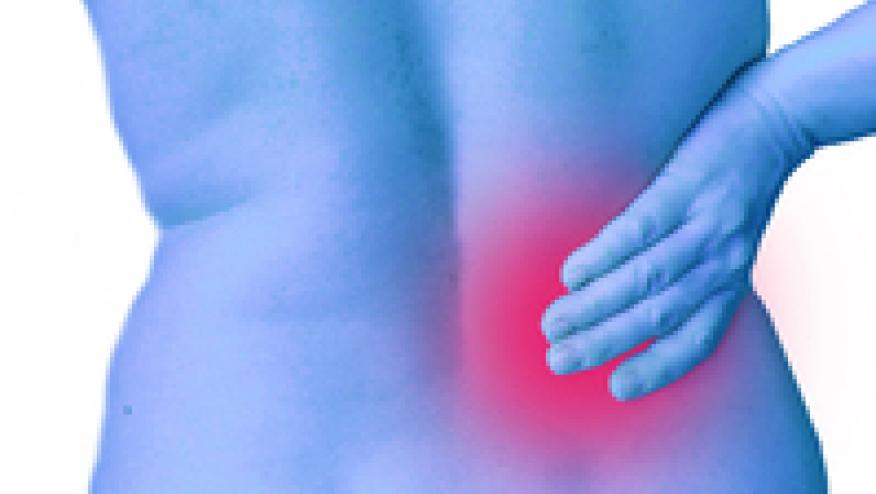Lancet Tackles the Global Challenge of Low Back Pain Save

Lancet has several reports on low back pain (LBP) as a major problem worldwide, largely because of the aging population.
Low back pain is the leading cause of disability worldwide.
Unfortunately, with most LBP it is impossible to identify a specific nociceptive cause. Only a small proportion of people have a well understood pathological or mechanical cause for their pain. (Citation source: http://bit.ly/2GxQdzd)
Disability from LBP has increased 54% between 1990 and 2015, especially in low-income and middle-income countries. Moreover disability related to LBP is projected to increase when resources are limited, or there is poor access to health and if sedentary lifestyle changes increase.
Some facts from these articles:
- Low back pain was responsible for 60·1 million disability-adjusted life-years in 2015,
- Disability is highest in working age groups worldwide, which is especially concerning in low-income and middle-income countries
- Most LBP episodes are short-lasting with little or no consequence, but recurrent episodes are common
- Lifestyle factors, such as smoking, obesity, and low levels of physical activity, relate to poorer general health
- The global burden of LBP low back pain is projected to increase further especially in low-income and middle-income countries.
Clinical practice guidelines for LBP exist and many recommend a biopsychosocial framework that includes initial non-pharmacological treatment, education, self-management and resumption of normal activities and exercise.
Guidelines recommend prudent use of medication, imaging, and surgery. But these recommendations come from high-income countries, focused on treatments rather than prevention, and have limited data for cost-effectiveness.
What is needed are advances that align practice with the evidence, reduce the focus on spinal abnormalities, and ensure promotion of activity and function, including return to work.
The Lancet Low Back Pain working group have put forth a call for action that includes: (Citation source: http://bit.ly/2GCQJrF)
- Call on international and national political, medical and social policy leaders to adequately fund public health strategies focused on preventing low back pain from interfering with life, ensuring inclusion of disadvantaged and culturally diverse populations
- The need to prioritise low back pain, together with other musculoskeletal conditions, as a public health problem
- Develop and implement strategies to address modifiable risk factors for disabling low back pain
- Develop and implement strategies to ensure early identification and adequate education of patients with low back pain at risk for persistence and recurrence
- Promote active multidisciplinary rehabilitation to support return to work
- Government, insurers, and commissioners should consider tackling conflicts of interest through regulation and contracts, including not paying for inappropriate tests and for unnecessary, ineffective, and harmful treatments
- Existing and new tests and procedures for low back pain should be regulated in the same way as drugs; evidence should be available showing that they are safe, effective, and cost-effective before they get reimbursed within public health-care systems








If you are a health practitioner, you may Login/Register to comment.
Due to the nature of these comment forums, only health practitioners are allowed to comment at this time.